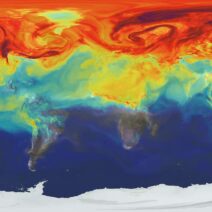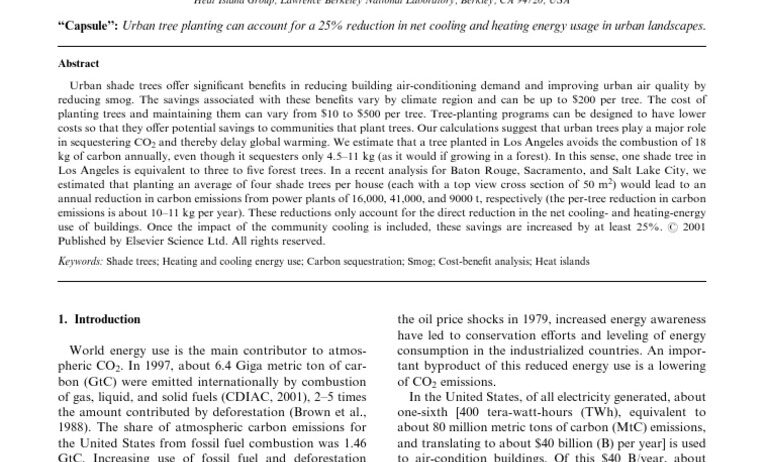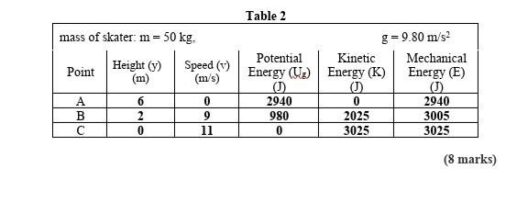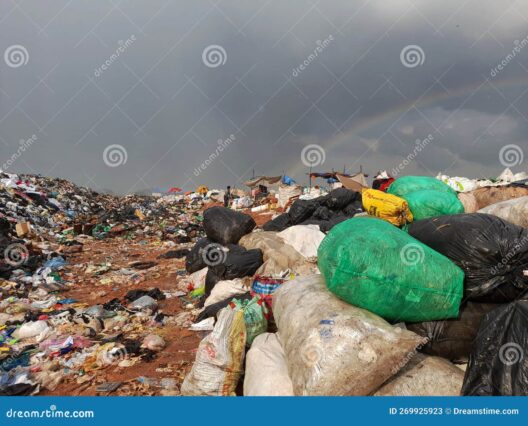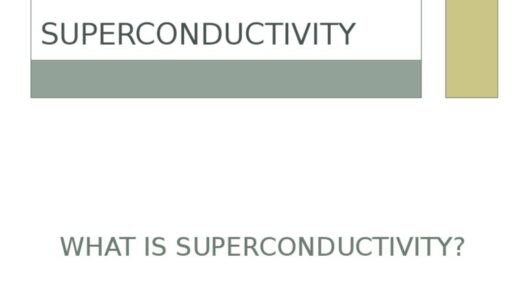In the face of climate change, urban environments are increasingly challenged by rising temperatures and increased energy consumption. One of the most effective yet often overlooked strategies to mitigate this is the incorporation of shade trees and urban forests. These natural assets not only beautify city landscapes but also play a crucial role in energy conservation and reducing greenhouse gas emissions.
Shade trees, positioned strategically around buildings, reduce solar gain, consequently lowering the demand for air conditioning. During the summer months, shaded areas can be significantly cooler than exposed locations, sometimes by as much as 20 degrees Fahrenheit. This cooling effect translates directly to energy savings. The U.S. Department of Energy estimated that well-placed trees could reduce cooling costs by 30%. Such a figure prompts a re-evaluation of how urban planning integrates natural elements into its framework.
Urban forests provide more than shade; they function as living ecosystems. An urban forest is not merely a collection of trees but an interconnected community that houses diverse flora and fauna. These ecosystems, when maintained correctly, foster biodiversity, enhancing resilience against pests and diseases. Thus, they bolster urban ecosystems’ health, allowing them to serve their energy-conserving purposes more effectively.
Furthermore, trees have a remarkable capacity to absorb carbon dioxide through photosynthesis, a fundamental process that underpins life itself. By sequestering significant quantities of CO2, shade trees mitigate the overall atmospheric concentration of greenhouse gases. The implications here extend beyond mere energy conservation; they touch upon the very integrity of our global climate system.
Moreover, the effective use of shade trees can lead to reduced reliance on fossil fuels. As urban areas grapple with increasing energy demands, finding alternatives such as leveraging natural cooling methods becomes ever more critical. For instance, during peak summer months, the energy load on power plants is enormous. Trees contribute to a reduction in this demand, lessening the frequency of power outages and the need for additional infrastructure development.
The aesthetic and psychological benefits of shade trees cannot be overlooked. Research indicates that verdant environments contribute to mental well-being, promoting more outdoor activity, which in turn reduces energy consumption in indoor settings. Engagement with nature is not only refreshing but also inspires individuals to lead more sustainable lives. Such realizations spark a sense of stewardship towards the environment, encouraging communities to embrace greener practices.
The strategic placement of shade trees can have profound socio-economic impacts. Neighborhoods with ample tree cover often experience increased property values, which fosters community investment and revitalization. Affordable energy solutions become more prevalent as utility costs drop, potentially alleviating economic burdens on lower-income families. The cascading benefits of urban forestry can redefine community dynamics, creating a ripple effect that transcends individual households.
Urban areas often experience the urban heat island effect, where cities are significantly warmer than surrounding rural areas due to human activities and infrastructure. This phenomenon exacerbates energy consumption, especially during extreme weather events. However, implementing an urban forestry initiative can mitigate these temperature disparities. Shade trees function as natural air conditioners, moderating temperatures and diminishing the heat island effect, which in turn lowers the energy required for cooling residential and commercial buildings.
To maximize the benefits of shade trees, communities must adopt a holistic approach to urban forestry, incorporating a diverse array of species to ensure ecological resiliency. Planting a mixture of evergreens and deciduous trees ensures that shade is available year-round. Innovative tree selection also considers factors such as soil type, climate, and the needs of local wildlife, enhancing the environment’s overall health.
Education and community involvement are pivotal to the success of urban forestry initiatives. Programs that educate residents about the importance of trees in conserving energy and combating climate change can engender a deeper connection with the environment. Neighborhood tree campaigns encourage active participation in planting, maintaining, and advocating for green spaces. These initiatives foster a collective awareness of environmental stewardship, making tree care a community responsibility rather than solely the government’s.
Local governments and organizations play a critical role in facilitating tree planting programs, adopting policies that protect existing trees and promote new plantings. Comprehensive urban planning that includes assessments of tree canopies, sunlight patterns, and climate considerations can create a blueprint for integrating trees into urban design. Funding avenues, such as grants or public-private partnerships, can ensure that these initiatives are sustainable and thriving.
The advent of technology offers new avenues for enhancing urban forestry. Geographic Information Systems (GIS) can help track urban biodiversity, allowing cities to better understand their tree populations and devise more effective planting strategies. Utilizing drones and remote sensing technologies can streamline the monitoring process, enabling cities to keep tabs on tree health and canopy coverage innovatively.
Conclusively, the synergy between shade trees, urban forests, and energy conservation is undeniable. They embody a promise; a promise that merges ecological balance with human necessity. As cities evolve, integrating nature within urban design will emerge as a pivotal component in addressing the multi-faceted challenges posed by climate change. By reimagining our relationship with nature, embracing and advocating for green spaces, urban dwellers can play an active role in crafting more sustainable and resilient communities for present and future generations.


